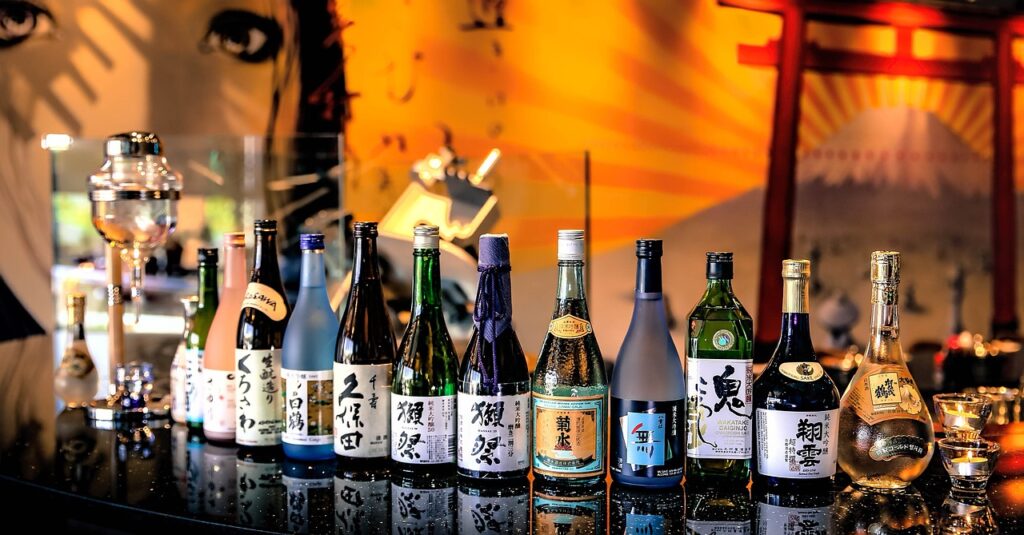Sake pairing

Of course, sake is delicious even if you drink it on its own.
However, by enjoying it with food, the flavor becomes even deeper. That is sake.
Sake can be broadly classified into four types based on taste and aroma characteristics.
By knowing the characteristics of Japanese sake and eating it with dishes that go well with sake, sake will shine even more.
Jukushu
It is characterized by a creamy sweetness. As it matures, its powerful and complex aroma, which is mixed into many layers, stimulates your appetite. We recommend enjoying the flavor little by little at your preferred temperature.
Mature sake goes well with dishes that have a strong flavor that rivals alcohol.
Japanese cuisine includes grilled fish and braised pork.
In Chinese cuisine, stir-fried shrimp and oysters
For Western food, we also recommend cheeses with strong aromas and strong flavors, such as beef stroganoff, lasagna, and blue cheese.
In addition, dishes with a pronounced sweetness such as yokan and uiro go well with juku.
Junshu
It is characterized by a strong flavor of rice and a rich flavor. Because it is made using an ancient Japanese manufacturing method, it has a rich and deep aroma. So-called common Japanese sake. Not only can it be served at room temperature, but the flavor becomes even more delicious when it is warmed.
Sake goes well with dishes that are rich in flavor.
In Japanese cuisine, chicken teriyaki and mackerel stew in miso
In Chinese cuisine, mapo tofu/double-cooked meat (hoikoro)
For Western food, beefsteak and chicken nanban
Kunshu
As the name suggests, it has a strong scent. It has a fruity aroma reminiscent of fruits and flowers. It has a clean taste that hits the nose with little bitterness or umami. It is very popular among women and people from overseas.
Sake goes well with dishes that bring out the flavors of the ingredients.
In Japanese cuisine, fresh fish sashimi and tempura
In Chinese cuisine, stir-fried squid and cashew nuts, Happo na
For Western food, carpaccio gratin
Soushu
It is characterized by its light taste and aroma, as it is described as “tanrei." The scent itself is modest and refreshing, with a light and refreshing taste. The taste is even more pronounced when you drink it chilled.
In Japanese cuisine, dashimaki tamago and yuba
In Chinese cuisine, stir-fried potatoes with vinegar and jellyfish
For Western food, cabbage rolls and terrine






